-
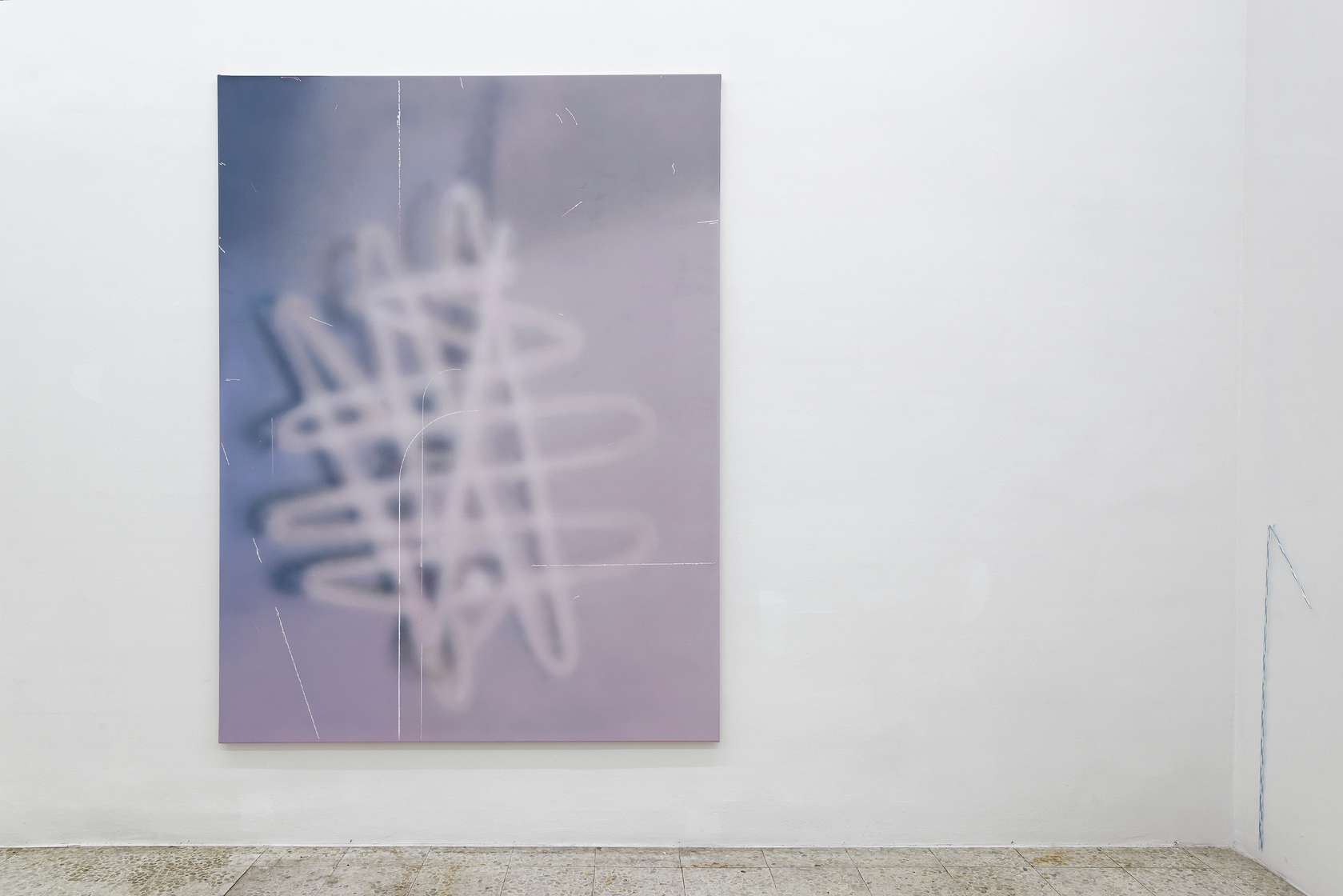 1/6
1/6
Julien Tiberi, Julien Tiberi
-
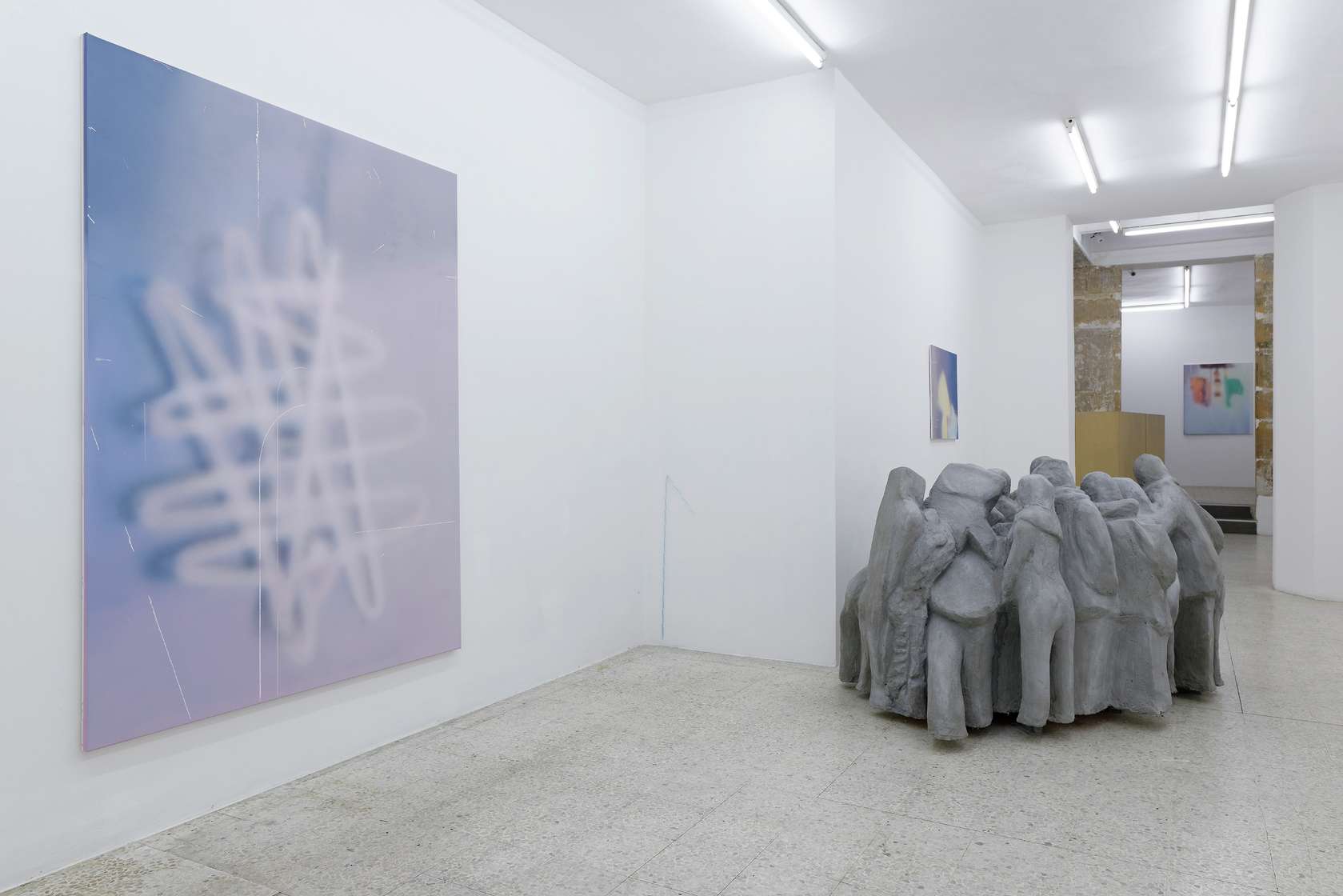 2/6
2/6
Julien Tiberi, Julien Tiberi
-
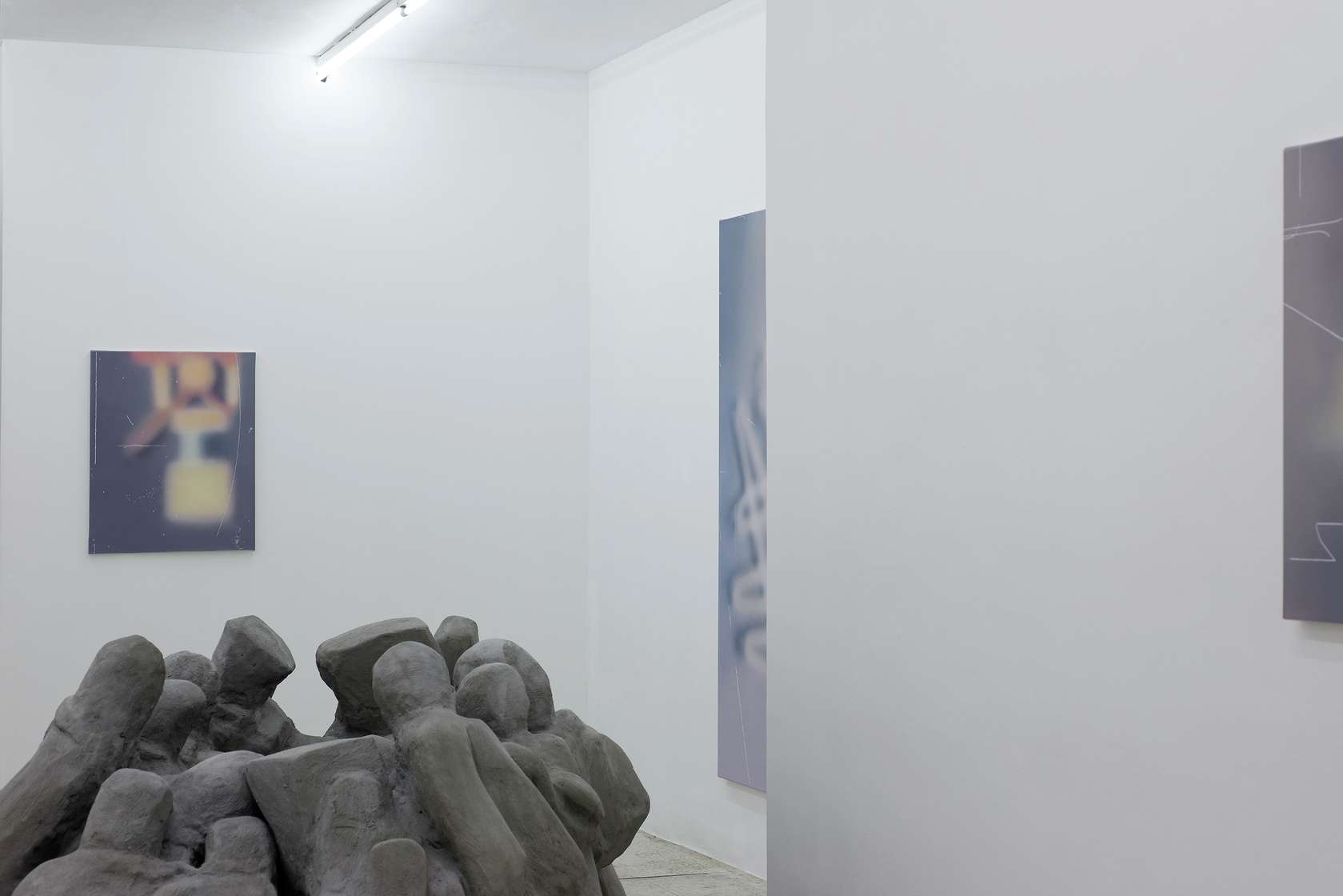 3/6
3/6
Julien Tiberi, Julien Tiberi
-
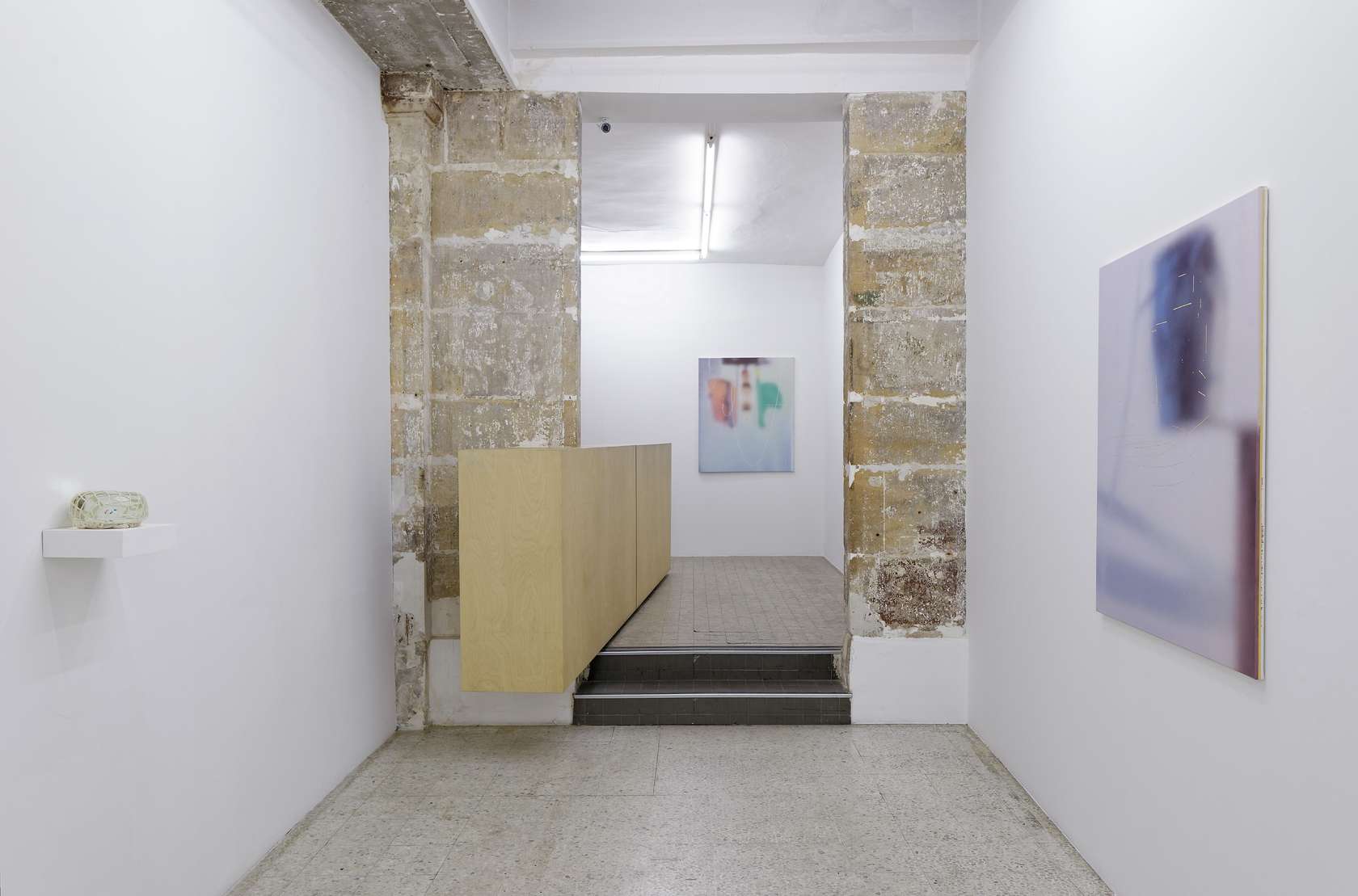 4/6
4/6
Julien Tiberi, Julien Tiberi
-
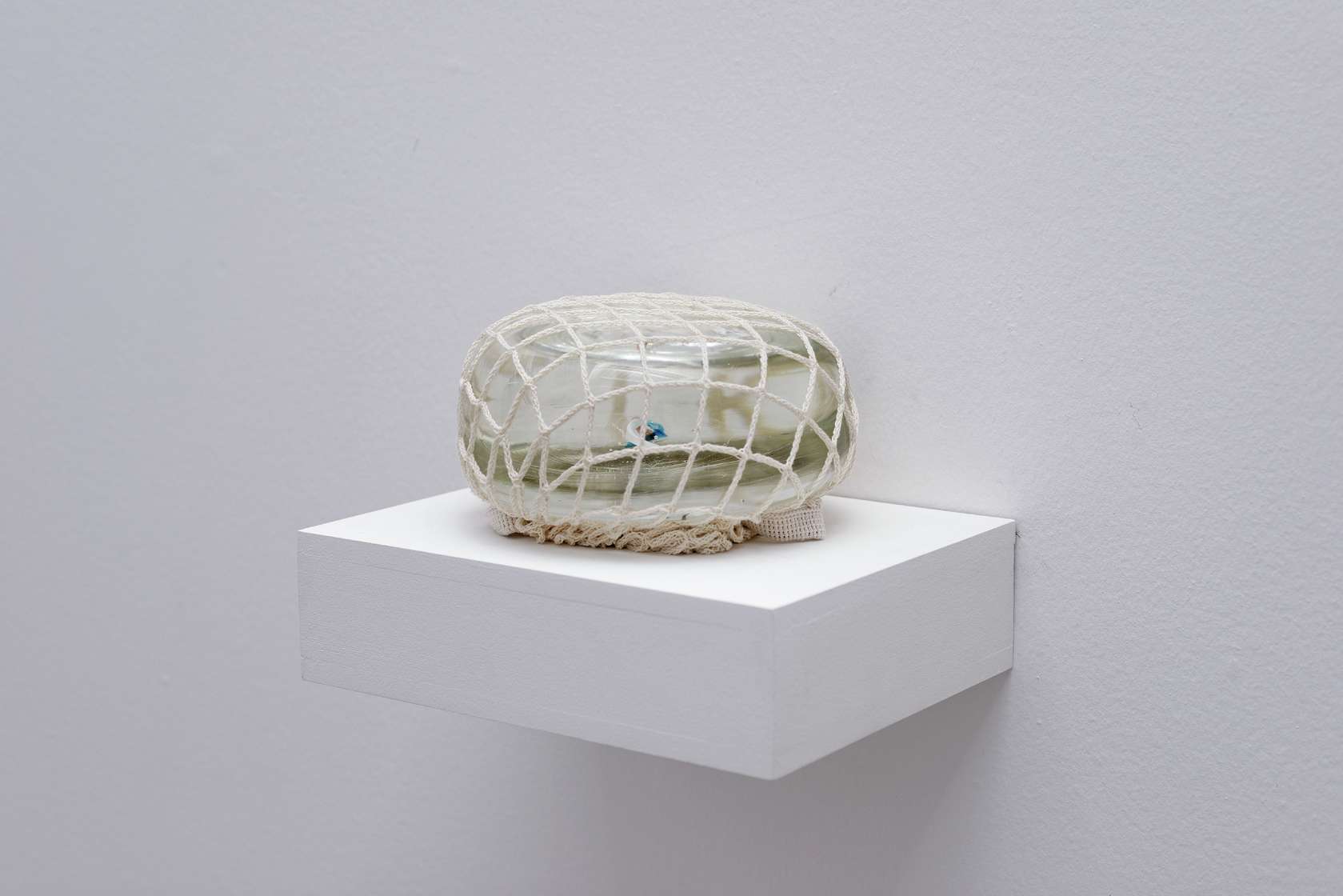 5/6
5/6
Julien Tiberi, Julien Tiberi
-
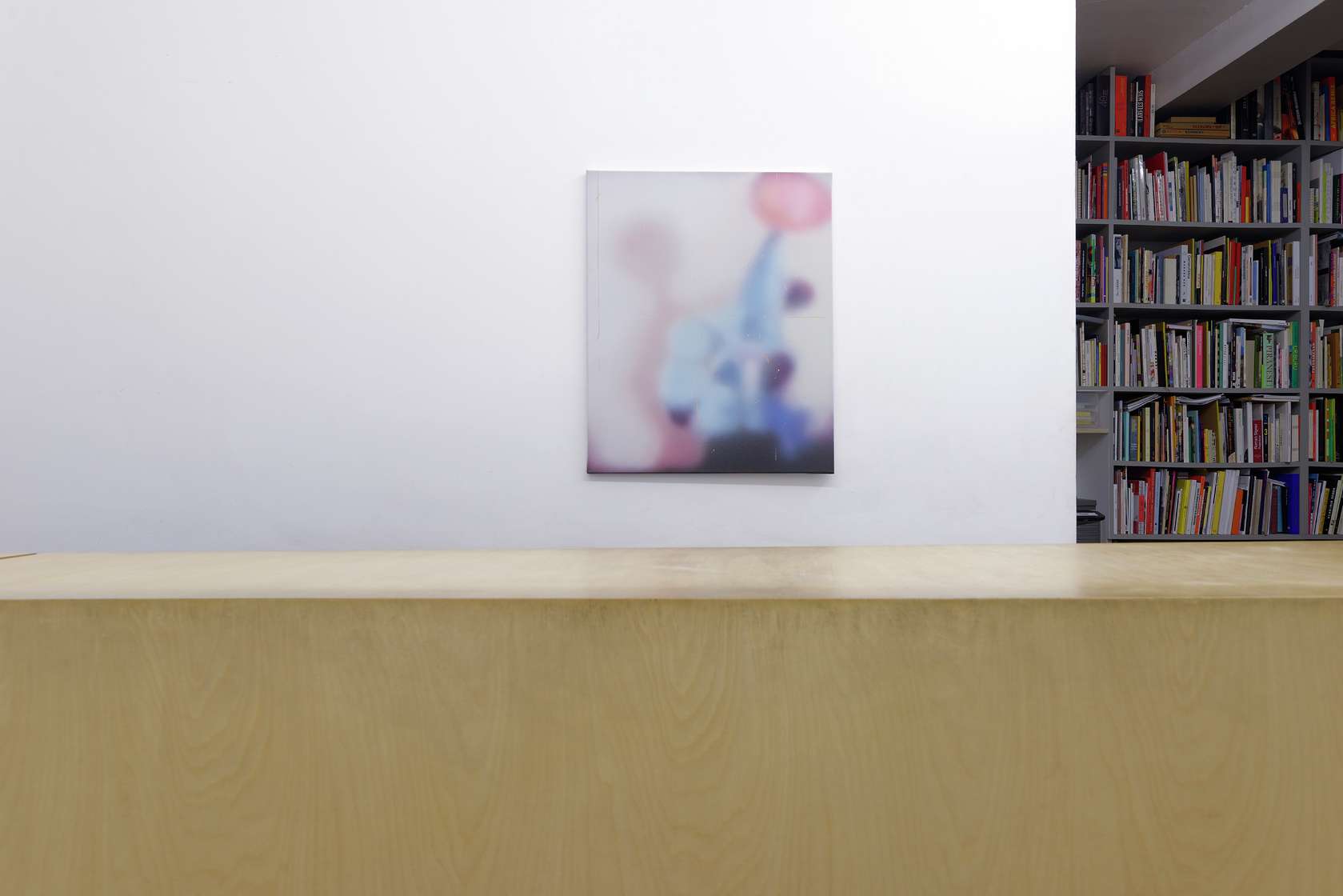 6/6
6/6
Julien Tiberi, Julien Tiberi
Julien Tiberi is not just a graphic artist but also a sculptor and musician, driven by his desire to reveal intrinsic forms through the continuity and dissonance of his oeuvres. This exhibition delivers an authentic (re)view of his practice in its attempt to emancipate itself from flat surfaces in order to lend greater relief and physicality to the drawing itself, employing the premise that a pencil stroke is simply the outline of a partial view of a whole, somewhere between the tangible and the inexpressible.
Tickling the curiosity of the observer, a large format sculpture in dyed concrete depicts a group of figures gathered together, hunched over and looking attentively in the same direction. In mimicry of the composition, the spectator moves around the sculpture and comes to realize that something really is hidden and what we are seeing is but a tiny portion of an unimaginable universe. Heavily influenced by quantic entanglement, Julien Tiberi’s recent works echo each other both in the form they take and the issues they seem to tackle, as if in an attempt to capture the diverse elements of the creative process.
This desire to capture transitional states rather than striving for a finalized image is notably present in his small glass pieces, somewhat reminiscent of playground marbles with their agate-like patterns, swirls, equinoxes and cyclones… Julien Tiberi asked a master glassmaker to interlace and twist the various shapes of the material in fusion, creating a juxtaposition of rigour and the organic, the transparency of the glass and the sinuosity of the coloured lines—as if two-dimensional drawing had taken on volume. Captured in this stretching movement, appearing to defy gravity, these frozen whirls evoke the memory of a gesture in an amorphous material.
Indeed, in celebration of matter, Julien Tiberi has created a series of thirteen pieces in reddish ceramic, parsimoniously decorated with glitter. The surfaces of these earthenware pieces, baked in a wood-fired oven, are covered in irregular striations, the traces of the clash of drumsticks raining down on clumps of fresh clay. In a quasi-synesthetic dynamic, the artist has brought together two a priori distinct senses: hearing and touch. Each of these small masses of earth was formed to the sound of a piece of music. Tiberi used this malleable material as a snare drum, reproducing the spontaneous gestures of the drummer he in fact is. These “packets of music”—as he likes to call them—act as so many different notes scattered throughout the exhibition: each one evokes a different rhythm, exacerbating the material while rendering it shapeless, the witness to an action that could have lasted indefinitely in time but which the firing has fixed at a precise moment.
As a counterpoint to these sculptures, the collision of different temporalities can also be observed in the large format paintings, the execution of which required slow and patient maturation on a conceptual as well as pragmatic level. These abstract paintings evoke photographs from the pre-digital era—aged Polaroids or sepia tinted shots—and owe certain aspects of their singularity to the way the use of “true” black is substituted by various tinted blacks, as if seen through the filter of time. The procedure followed by Julien Tiberi in their creation is in itself a kind of temporal collision outside of any logic: the first step involves projecting liquid “drawing gum” (masking gum for watercolour) onto the bare canvas; then using a grid, Tiberi paints blurred objects or landscapes in acrylic, before finally removing the gum to produce clean and crisp scratches in contrast with—and sunk into—the colours of the painting. These “scratches” are thus revealed as an intrinsic element of the canvas and its future alterability. Julien Tiberi manages to take advantage of this temporal confusion in order to underline his interest in intermediate gestures, whose innocuous appearance is here all-important.
Marc Bembekoff